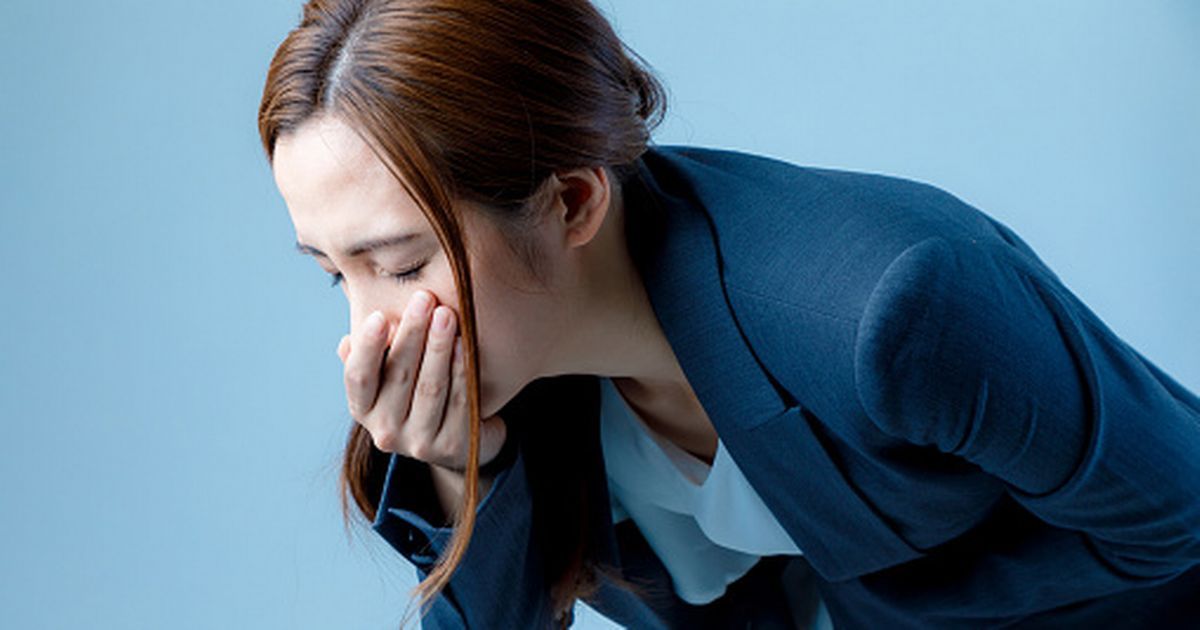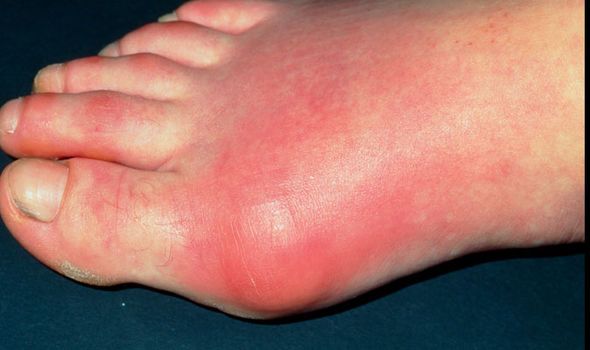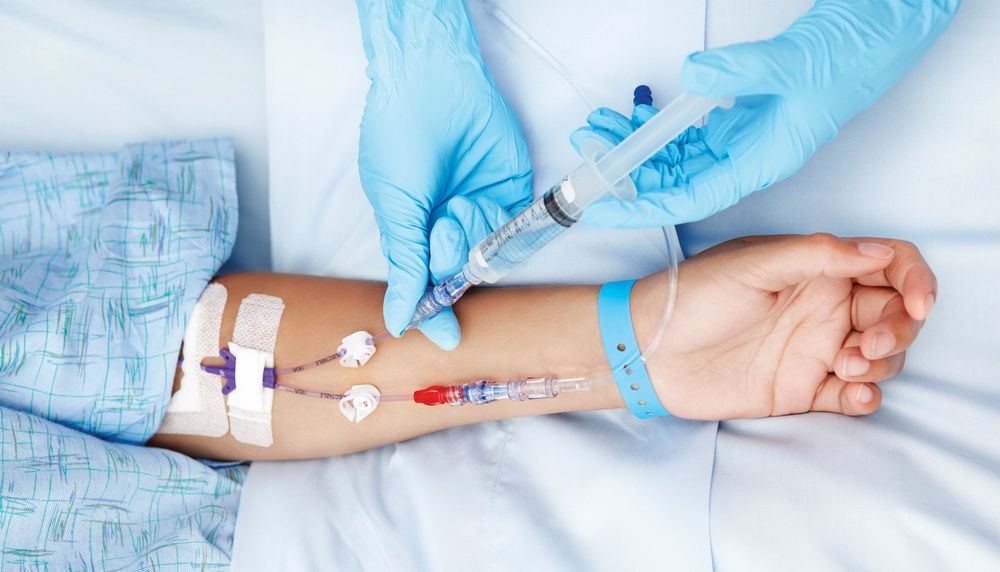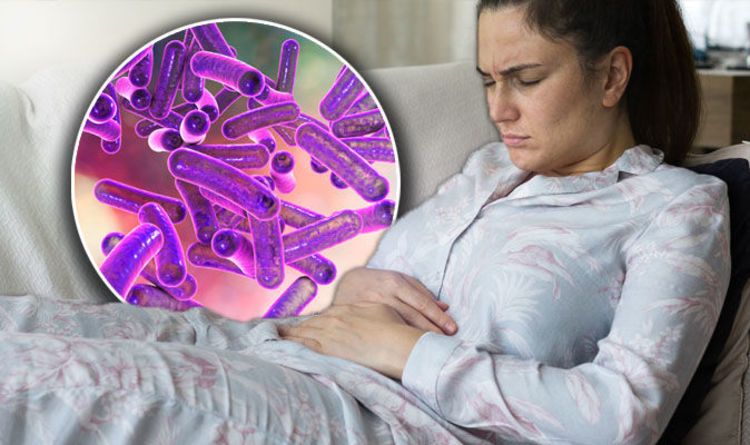Shigellosis or Shigella (Shih-GEHL-uh) infection is a bacterial infection affecting the digestive system. As per the CDC (Centers for Disease Control and Prevention), it is a common infection in the United States. Nearly 500,000 cases reported each year in the US are of Shigellosis. In poorer countries, it is even more deadly with nearly 165 million cases and causing around 1 million deaths all over the world each year.
It is common among young children especially those below age five who get infected at daycare or school. The illness’ symptoms can have varying intensity. A mild case of Shigella infection might go unrecognized or unreported. Shigellosis might even occur when you travel to developing countries where poor hygiene could result in traveler’s diarrhea.
The disease typically resolves on its own within 5-7 days with rest and fluids. But in severe cases, you might need to visit the hospital. The doctors usually prescribe antibiotics for the treatment. Know more about the signs & symptoms, causes, risk factors, complications, diagnosis, treatment, and prevention.
Signs & Symptoms of Shigella Infection

The signs and symptoms of Shigella infection typically start within 1-3 days after contact with the Shigella bacteria. However, in certain cases, the signs of the infection might be seen even after a week. Some infected people might not even show any symptoms but can still pass the bacterial infection to other people.
The major symptom of Shigellosis is several bouts of diarrhea that is often watery and bloody. Other signs and symptoms include:
- Fever
- Sharp pain or cramp in the stomach and lower abdomen
- Nausea
- Vomiting
- Blood or mucus in stool
- Tenesmus (the persistent feeling or urge to go to the bathroom even when you have your bowels empty). You might go to the bathroom as many as 10-30 times a day like in food poisoning.
These signs of shigellosis typically last for about 2-7 days. A person having a mild infection that lasts a couple of days may not need treatment, and their symptoms would clear by its own within a week.
Consider calling a doctor when diarrhea is severe (contains blood and mucus and causes weight loss) and continues for over three days. Signs of dehydration (dry mouth, lips or lightheadedness) associated with shigellosis can be a real problem. Moreover, a fever of 101 degrees Fahrenheit (38 degrees Celsius) or higher is an alarming situation.
Causes of Shigellosis

Shigella bacteria is the bacteria species responsible for Shigellosis. The Shigella bacteria leave the body through feces and enter the stomach of a person through the mouth, the multiplying in small intestines and spreading in large intestines or colon. It releases the toxins which lead to irritation in the intestines.
When you accidentally ingest Shigella bacteria, Shigellosis occurs. It can happen in the following cases:
- Touching the Objects
After changing the diaper of a child infected by shigellosis, a person might get the infection if hands are not washed. Also, touching any of the objects like doorknobs, toys or tables after that would transfer the infection. Direct person-to-person contact is the most common way in which the disease spreads.
- Eating Contaminated Food
The shigellosis-infected people handling or preparing the food can transmit the bacteria to people who eat that food. The food can also get contaminated when grown in a field with sewage or contaminated feces.
- Drinking Contaminated Water
The pool or pond water can get contaminated either through sewage or by a swimmer with shigellosis. So, someone who swims in it would catch this infection.
- Making Sexual Contact
You may have the exposure to Shigella infection during a sexual activity involving oral-anal activity.
Risk Factors

These are the factors that aggravate the risk of getting shigellosis:
- Age
The children below the age of 5 are highly likely to get shigella infection, but it can take place at any age regardless of race, ethnicity or community social circle. The toddlers and preschoolers in childcare settings and schools are more likely to get shigellosis. However, shigellosis can have worsened effect on elderly, infants and people of other age groups with chronic illnesses and a weakened immune system.
- Living in or traveling to areas with bad sanitation
People from developed countries who travel to developing countries or those already living there are more susceptible to contracting Shigella bacteria. The sources may be drinking water, recreational water, food, and other places containing Shigella germs.
- Sexual habits
The gay or bisexual men having sex with men are at a greater risk of shigellosis due to direct or indirect oral-anal contact.
- Weak immune system
The immunocompromised individuals (due to illnesses like HIV or medical treatments like chemotherapy) are vulnerable to even serious illnesses. A severe form of shigellosis illness that involves spreading of infection into the blood can become life-threatening.
- Living arrangements and activities
Close contact with the infected people can spread the bacteria from one person to another. The Shigella outbreaks are commonly observed in child care centers, nursing homes, community wading pools, military barracks, and prisons.
What are the Chances of Re-Infection?
Shigella consists of a group of different bacteria. After you have been infected by a certain type of Shigella bacteria, you wouldn’t be affected by the same bacteria again. Although, you may get infected by a different bacterium from the same family.
Complications

In most cases, there are no long-lasting effects of shigellosis. Moreover, the cases of complications may be rare. Some common complications include:
- Reactive or Post-Infectious Arthritis
According to the CDC reports, nearly 2% of people who are infected by Shigella flexneri (one of the many types of Shigella species) and have genetic predisposition develop a condition called post-infectious arthritis or reactive arthritis.
Its signs and symptoms include joint pain and inflammation (knees, hips, feet, and ankles), painful urination (urethritis), and red, watery and itchy eyes (conjunctivitis). This (ReA) condition can become chronic lasting for many months, years or lifelong.
- Dehydration
Chronic diarrhea can lead to dehydration. There’s not enough fluid in the system. Adults may have signs like dizziness, sunken eyes, lightheadedness, lack of tears. And in children, dry diapers may be observed. Severe dehydration may even result in shock and death.
- Hemolytic uremic syndrome (HUS)
E. coli bacteria is the common cause of this condition. It can result in a low RBC count (hemolytic anemia), low platelet count (thrombocytopenia) and acute kidney failure. In this infection, a toxin that is produced destroys the RBCs.
- Seizures
It is rather common in young children. Some children having a high fever due to shigellosis get seizures. Call emergency number 911 or reach out to a doctor immediately when your child has a seizure.
- Rectal Prolapse
In the case of rectal prolapse, the straining occurring at the time of bowel movements may cause the mucous membrane or lining of the rectum to get out through the anus.
- Toxic Megacolon
It is a rare complication that happens when your colon paralyzes and prevents you from a bowel movement or passing gas. Its symptoms are fever, abdominal pain, swelling and weakness. If you do not get it treated, your colon may break open (rupture) and cause peritonitis (a life-threatening infection that needs emergency surgery).
- Bloodstream Infection
When the lining of the intestines becomes damaged at the time of illness, the germs or Shigella bacteria might infect your bloodstream. These infections are commonly seen in people having illnesses like HIV, cancer, or malnutrition.
Diagnosis

As there are many causes of diarrhea and bloody diarrhea, a lab test is often recommended to determine if you have shigellosis. A doctor would more likely ask for your stool sample to check the presence of Shigella bacteria or their toxins and provide confirmation. Other lab tests may also be required to figure out the antibiotic that would be most effective.
Shigella Treatment

In most of the cases, shigellosis resolves on its own within 5-7 days. Countering the dehydration resulting from diarrhea is the major treatment goal in most of the cases of shigellosis. In moderate to severe cases, medical treatment may be required.
In very rare and serious cases, even hospitalization may be needed. Here are some common ways to treat shigellosis:
- Taking Rest & Enough Fluids
Usually in healthy adults and those with mild shigella infection, drinking a lot of water and other fluids especially electrolyte solutions (available over the counter) may be enough to prevent the dehydrating effects of diarrhea. In the case of children, an oral rehydration solution like Pedialyte can help.
The children and adults with severe dehydration require to be treated in a hospital emergency room. They are given salts and fluids through a vein (intravenously) instead of the mouth. The intravenous hydration helps in providing the body with water and essential nutrients even more quickly than the oral solutions.
- Antibiotics
Antibiotics are prescribed to eliminate Shigella bacteria from the digestive tract. But, some Shigella bacteria have been known to develop resistance to drugs, resulting in the treatment not working. It will make them stay in the system for longer and may aggravate the infection. So it is recommended not to take them unless it’s a severe case. They may also be required for infants, older adults and people affected by HIV where shigella infection is widespread.
In severe cases, the doctor may prescribe antibiotics for shortening of the illness. The available drug options are powerful antibiotic meds like ciprofloxacin (Cipro), azithromycin (Zithromax) and sulfamethoxazole/trimethoprim (Bactrim). Inform your doctor when certain prescribed antibiotics do NOT help you feel better despite taking them for many days.
Moreover, avoid taking drugs which prevent diarrhea and slow down the intestinal tract like diphenoxylate with atropine (Lomotil) or loperamide (Imodium) as they can worsen your shigellosis.
Is it Preventable?

Well yes, you can prevent shigellosis by developing good personal hygiene habits as there’s no cure or vaccine for shigellosis. These include:
- Washing hands frequently and thoroughly using warm water and soap especially when traveling to developing countries before eating, cooking food, changing diapers, and using the bathroom
- Guiding and supervising small kids with proper handwashing
- Not allowing children with diarrhea to go to playgroups, childcare centers or school and keeping them home
- Disposing of dirty diapers properly in a closed bag or trashcan
- Avoiding consumption of water from lakes, ponds, and untreated pools
- Avoiding sexual contact with someone having diarrhea or recently recovered from it
- Disinfecting diaper changing areas after use
- Not preparing food for others when affected by diarrhea and not eating food prepared by those with the disease
- Avoiding close personal contact with people infected by Shigella bacteria for at least two days after diarrhea has ended
- Avoiding raw food and only eating boiled, peeled and cooked when traveling abroad
- Cleaning the changing tables and kitchen countertops using antibacterial wipes before and after use

